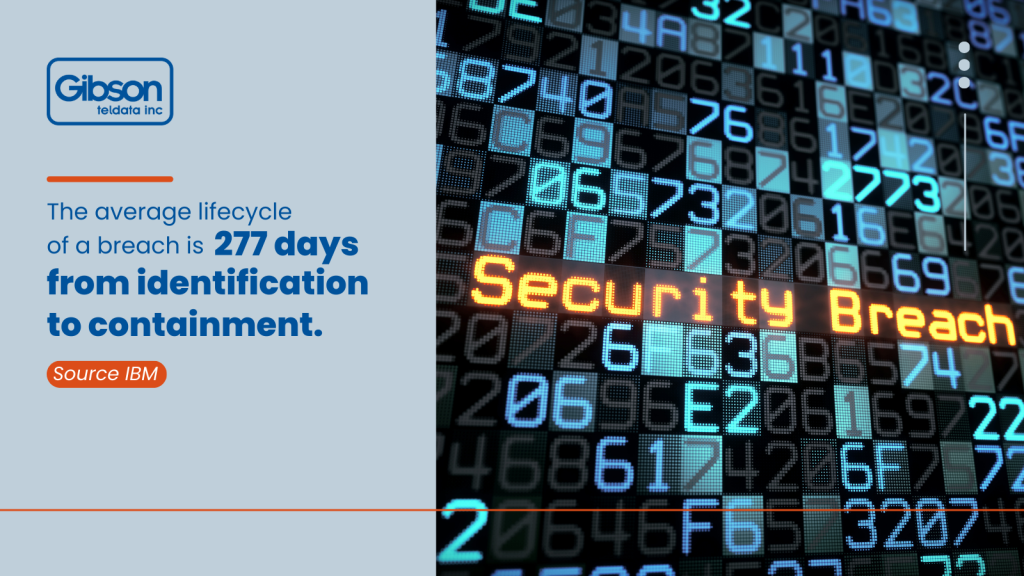Telecom systems have significantly changed, from basic voice calls to seamlessly handling data and connecting devices and machines. This shift has made digital services more important, keeping us connected and giving us access to information whenever and wherever we need it.
As our reliance on telecom systems intensifies, it’s essential to have robust telecom security services in place. Telecom systems serve as custodians of sensitive data, housing millions of customers’ information, including personal identities. Beyond this, these networks underpin critical public services, bolster physical and digital security, and drive economic functionalities.
Increasing Cyber Threats in Telecom
Because telecom systems are repositories of vast user information, they are prime targets for malicious actors. They aim to disrupt services through sophisticated methods. Distributed Denial of Service (DDoS) attacks, privacy infringements, and identity theft rank among their primary goals. By breaching telecom networks, attackers seek to impair service accessibility and compromise user privacy and integrity. The average lifecycle of a breach is 277 days from identification to containment.

Notable Attack Methods
Among the arsenal of attack methodologies, Distributed Denial of Service (DDoS) assaults and Domain Name System (DNS) manipulations emerge as prevailing threats to telecom networks. These attacks disrupt network availability by inundating systems with an overwhelming volume of traffic, rendering services inaccessible.
Impact of Attacks on Services
The fallout from cyber-attacks on telecom infrastructure extends far beyond mere disruption. They have profound consequences, ranging from operational disturbances to compromised security and functionality. In fact, 25 percent of small business owners who have been victims of cyberattacks lose business. Breaches impair network operations and equipment and pose a significant risk of unauthorized access to sensitive information.
Evolution in Telecom Infrastructure
The telecom infrastructure landscape continually evolves, with significant technological advancements and paradigm shifts. From the advent of 5G to the increase of interconnected devices, these innovations have expanded the attack surface of telecom networks, presenting multifaceted challenges to security protocols.
Virtualization of Infrastructure Control
The adoption of virtualization within telecom infrastructure introduces enhanced flexibility and scalability. However, this transition toward virtualized environments simultaneously broadens the attack surface. Operators must now safeguard the infrastructure and running software instances, posing intricate security challenges.
Networks as a Service (NaaS)
The shift towards Networks as a Service (NaaS) heralds a new era, allowing modular and cloud-native network functions. This transformation diversifies the attack vectors, necessitating robust telecom security services to safeguard these disaggregated and virtualized components.
The Decentralized Networks and Managing Complex Telecom Software Landscapes
Businesses increasingly deploy private mobile networks in their offices, introducing a decentralized network landscape. Securing these independent networks against cybersecurity risks becomes imperative to maintain their integrity and protect against potential breaches.
Broader Software Ecosystem
The expanding software ecosystem within telecom, propelled by open-source frameworks, introduces transparency and complexity. While open-source initiatives offer transparency, they concurrently widen the attack surface. Compliance with security standards becomes crucial to mitigate vulnerabilities in this sprawling software landscape.
Vulnerability Management
Securing telecom software involves confining execution spaces to contain potential breaches, ensuring compromised workloads do not compromise the entire system. For instance, sensitive applications like xApps in O-RAN systems thrive in controlled execution environments.
The complex software dependency chain poses a significant challenge in keeping packages updated and secure. With numerous dependencies per package, vulnerabilities can become a considerable risk, demanding meticulous tracking and patching procedures.
Operating System Hardening
Operating system hardening is pivotal in fortifying telecom infrastructure, yet the process is labor-intensive and prone to errors due to its intricate nature. Hundreds of individual steps complicate the task, demanding automation and robust security measures.
Secure operating systems are pivotal in offering comprehensive security coverage for telecom infrastructure. These systems ensure long-term security coverage, compliance, and tooling for auditing and remediation. This eases the burden of manual security measures and fortifies the overall security posture of telecom networks.
How Gibson Teldata Supports and Secures Your Business
The evolution of telecom systems has brought both advancement and increased vulnerability. These systems hold crucial data and power essential services, making them prime targets for cyber threats that disrupt operations and compromise security. Amidst this, Gibson Teldata understands the risks and works tirelessly to provide telecom security services that support and protect your network.
We prioritize safeguarding spaces, managing complex software, and implementing robust systems to protect against evolving threats. This commitment ensures a safer digital world, reinforcing reliability and resilience in telecom networks. Contact us today to get started.




